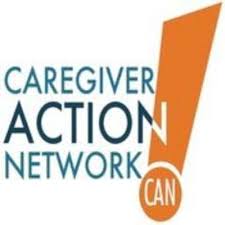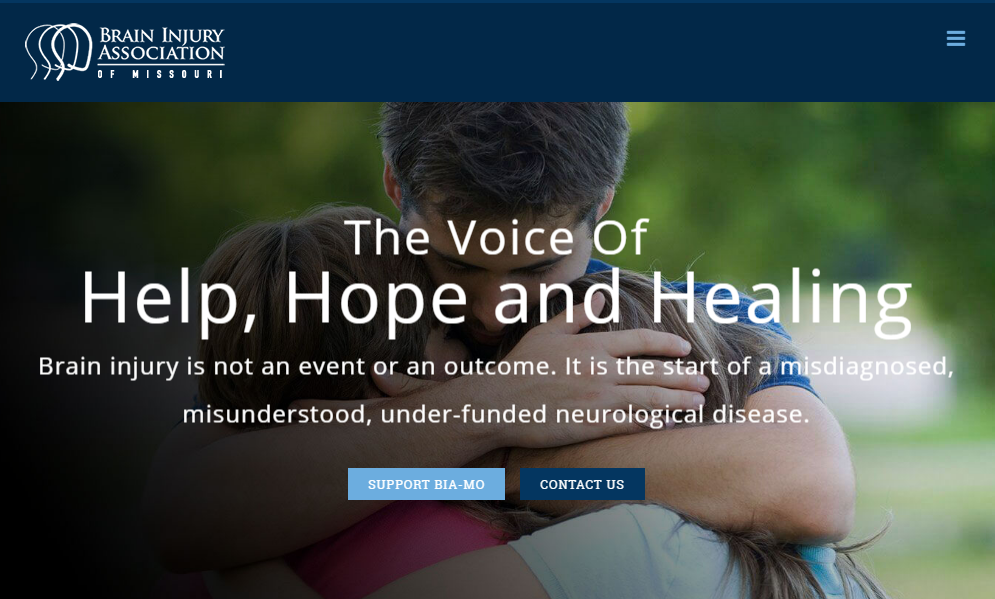Social Security’s Top 10 Disabilities in (Almost) Real Terms
By Tai of Allsup
My college math professor was aptly named Mr. Rhee (…mystery, get it?).
But if you insert public health implications into those math equations, my numerically-challenged brain transforms.
That’s when I get interested. I like mining research and translating confidence intervals into golden nuggets of information that people can actually understand and use to make informed choices about their health and finances.
Disabilities That Qualify For SSDI Benefits
The Social Security Administration (SSA) provides a formidable challenge when trying to do this for people seeking information about Social Security Disability Insurance (SSDI) benefits.
Case in point: Brain Injury Awareness Month is coming up in March. How many people with traumatic brain injury (TBI) apply for SSDI benefits each year? How many are awarded? How many currently receive SSDI benefits? I don’t know because SSA does not publish that type of specific information.
TBI and other conditions, such as bipolar disorder, stroke and diabetes, are lumped together with other conditions into broader categories, such as organic mental disorders, mood disorders, nervous system and sense organs and endocrine disorders. That’s why it’s difficult to attach definitive numbers to these specific and other prevalent conditions, such as fibromyalgia and lupus.
Broader Categories Of Disabilities
The “2013 Annual Statistical Report on the Social Security Disability Insurance Program” provides a list of the top 10 diagnostic categories.
Almost a third (30.5 percent) of SSDI beneficiaries have a musculoskeletal system and connective tissue diagnosis. What we don’t know is how many of those individuals had to stop working because of fibromyalgia, amputation or spinal cord injury.
I work with dynamic individuals from various nonprofit organizations who point out the lack of awareness, research and education regarding the conditions they represent. They know the needs that exist in their communities, but too often they are underrepresented.
The SSA is a goldmine of quantifiable information that could aid in advocacy, outreach and education efforts. Allsup will continue to conduct our own research and disseminate the information we receive. But if you’d like to see more, ask the SSA to collect and report statistics you can use. The agency is seeking feedback now through its Open Government Initiative.
Top 10 Diagnostic Groups
Here are the top 10 diagnostic groups that receive Social Security Disability Insurance benefits, based on the SSA’s data.
- Musculoskeletal system and connective tissue: 30.5 percent of SSDI beneficiaries. Includes osteoarthritis, fibromyalgia, spinal cord injury, carpal tunnel, degenerative disc disease, amputations and more.
- Mood disorders: 14.9 percent. Includes bipolar disorder, depression and more.
- Nervous system and sense organs: 9.3 percent. Includes stroke, Meniere’s disease and more.
- Circulatory system: 8.3 percent. Includes coronary artery disease, peripheral vascular disease and more.
- Schizophrenia and other psychotic disorders: 4.8 percent.
- Intellectual disability: 4.1 percent. Includes those with developmental disabilities.
- Injuries: 4.0 percent. Includes burns, fractures and more.
- Other mental disorders: 3.9 percent. Includes generalized anxiety disorder, borderline personality disorder and more.
- Organic mental disorders: 3.4 percent. Includes traumatic brain injury, Alzheimer’s disease, Korsakoff’s syndrome and more.
- Endocrine disorders: 3.3 percent. Includes diabetes mellitus, diabetes insipidus, hyperthyroidism and more.
If you’re thinking about applying for SSDI benefits, or need to file a disability appeal, contact Allsup at (800) 678-3276 for a free disability evaluation.
Click here to reach an Allsup SSDI specialist online.
Allsup
Related Articles

Uncategorized
Helping Family Caregivers With What They Need to Know

Uncategorized
Understanding MS and Disability Benefits

Uncategorized
BIA-MO Gets Real about Brain Injury Awareness

